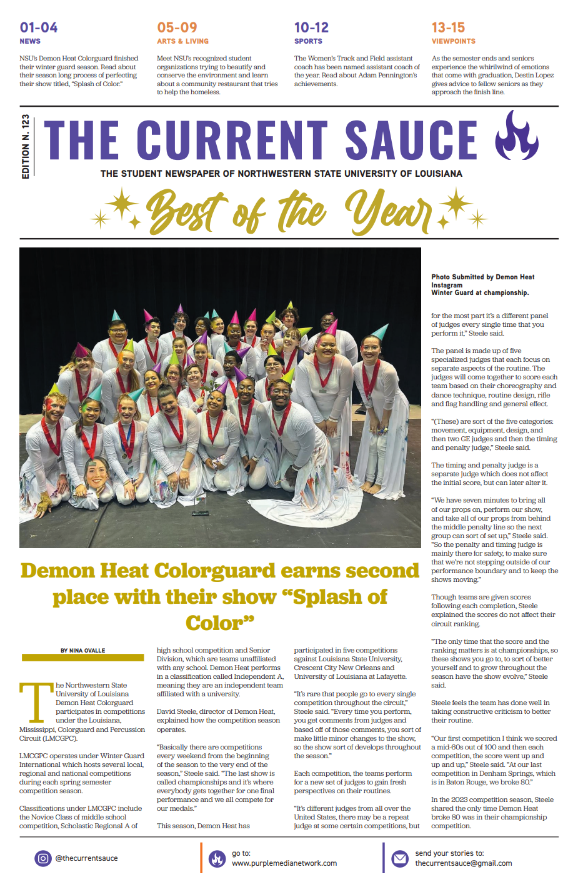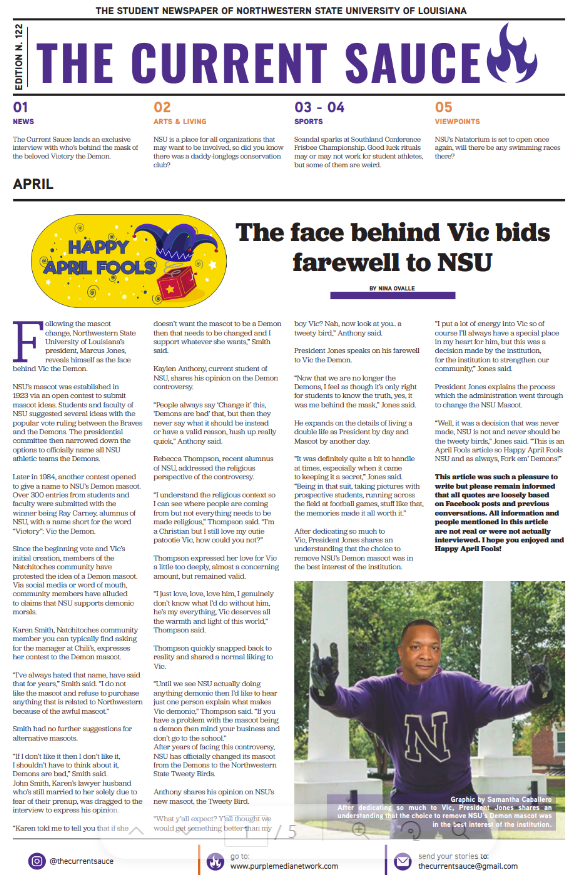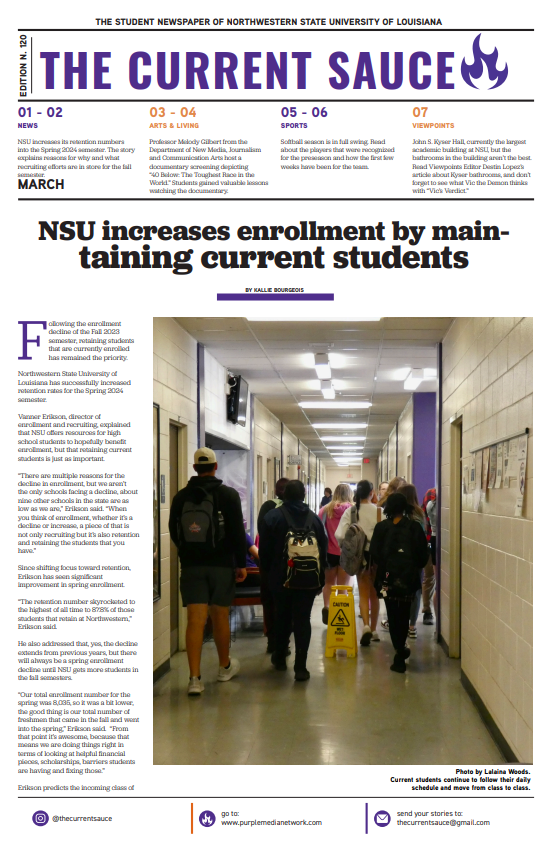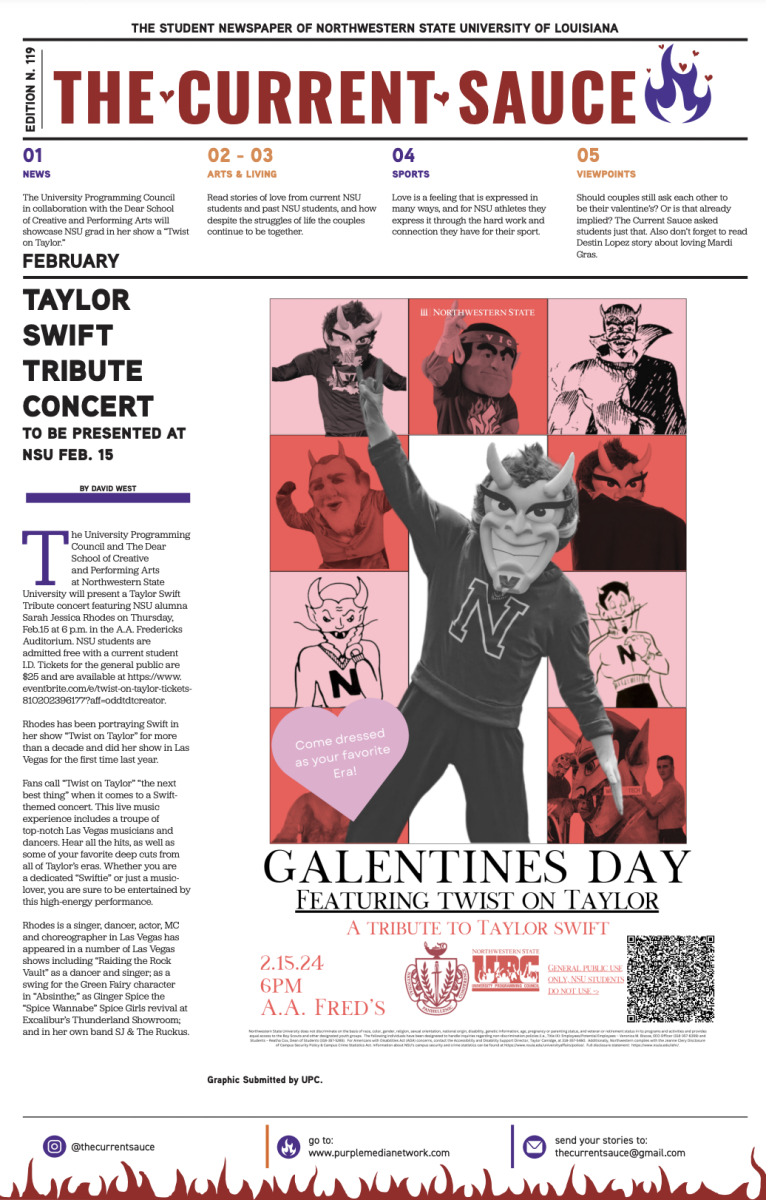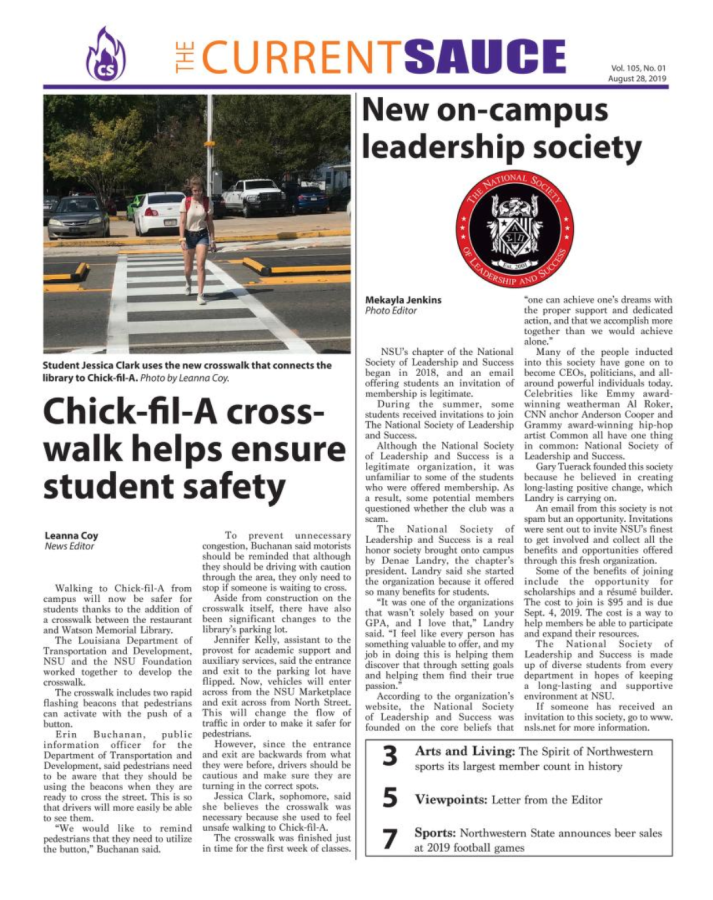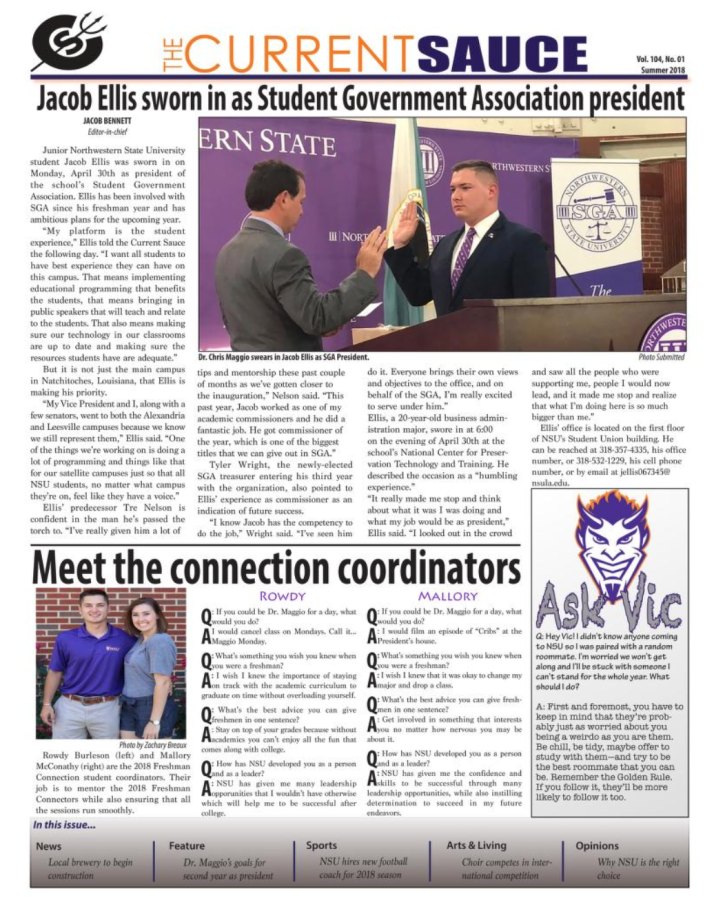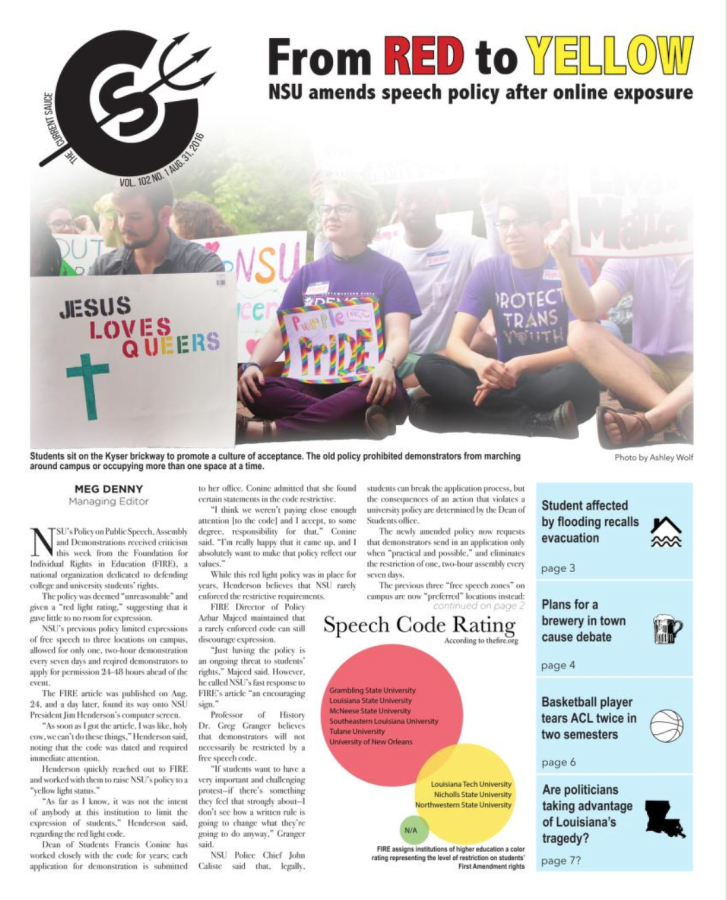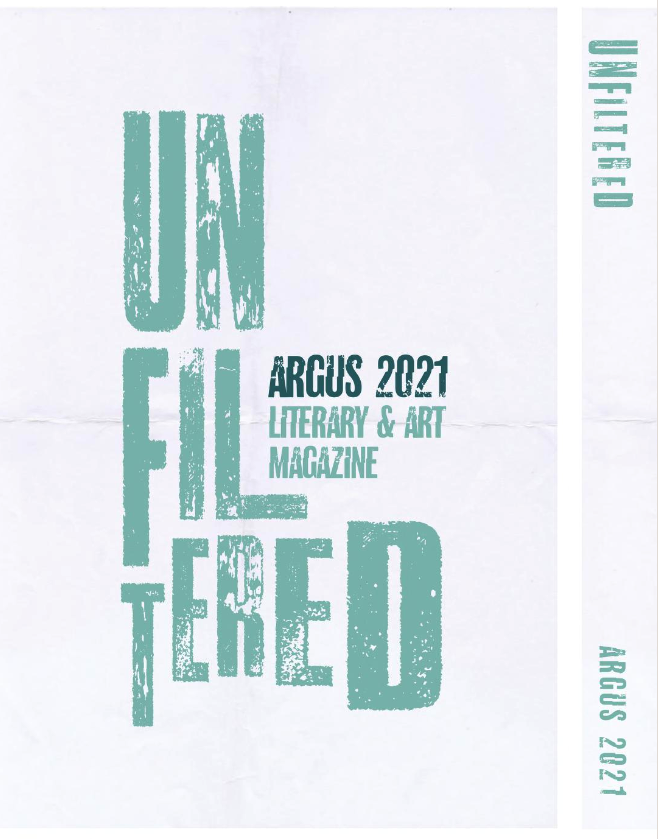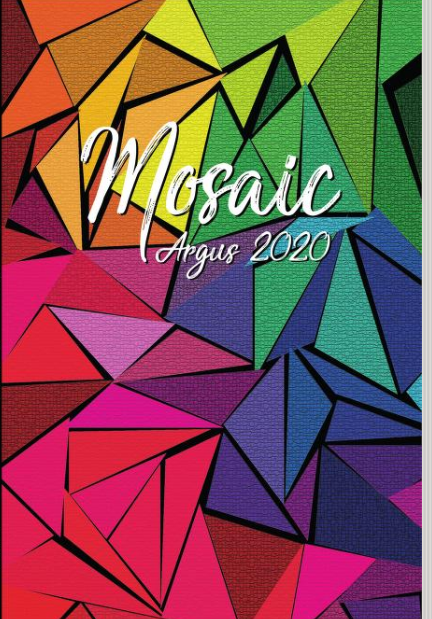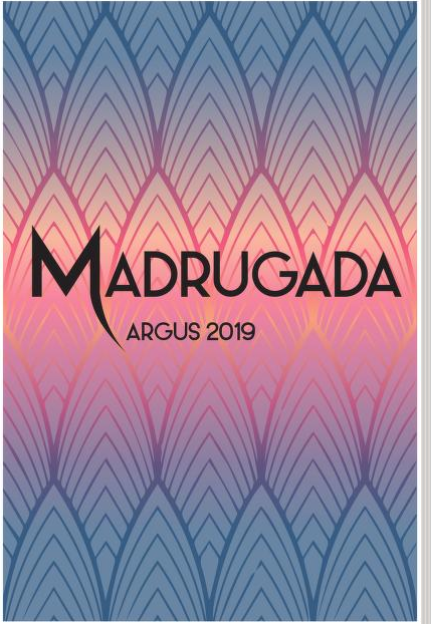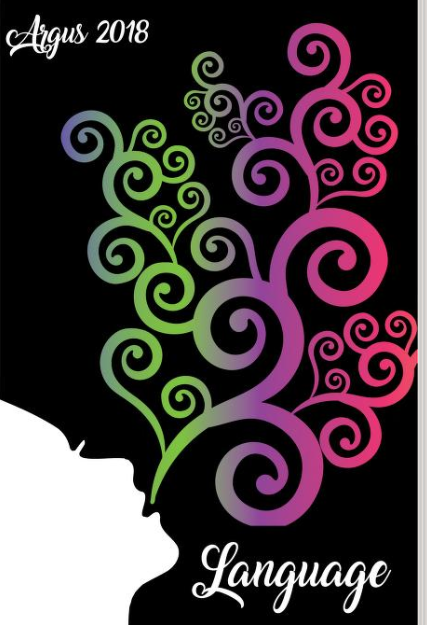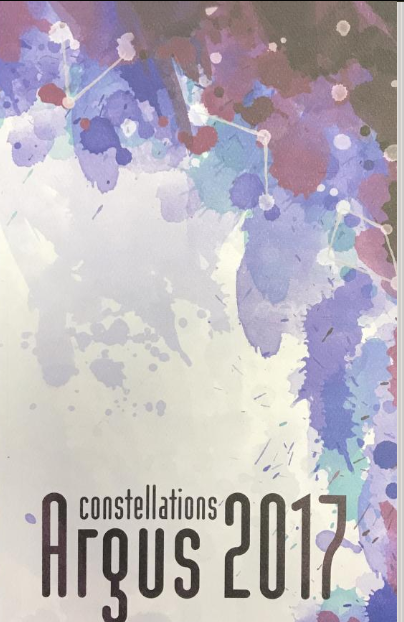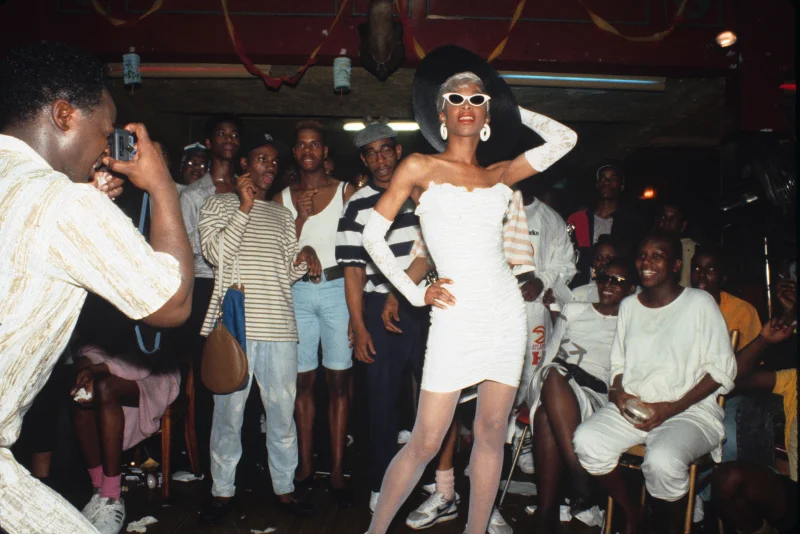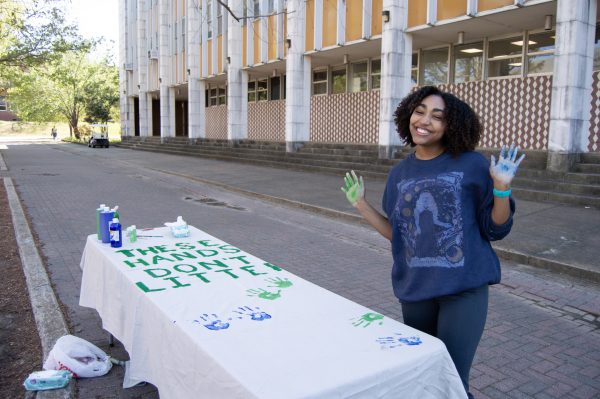The evolution of drag
Octavia St. Laurent at a New York drag ball in 1988.
The art of drag has been around for years. But what exactly is drag and how has it transformed into what it is today?
Drag is the idea of transforming yourself into another person or gender and expressing yourself through that identity. It has been around for decades and is most commonly seen as men dressing up as women to create art and entertainment.
The idea of drag has changed though, allowing anyone to be anything that they want. Nowadays you may come across drag kings, drag queens, gender-fluid drag and many others.
Drag has been dated back to 1867, when men and women both attended a ball at the Hamilton Lodge in Harlem. There, they dressed up and competed for awards such as best gown and best feminine figure.
What is a ball though? A ball is an event where all types of queer people, particularly young African American and Latin American men and women, come together to celebrate and participate in competitions to be the best of the best.
Categories for the balls would include the face category, femme queen, butch queen, voguing, as well as others. These balls became especially big in the late ‘80s and early 9’0s in New York City, due to Madonna’s hit song “Vogue,” which referenced a specific dance that was often done at these balls.
Drag queens have become such a big part of the culture, often playing mother roles for queer children who were not accepted by their families. Drag queens have helped teach the gay youth for years that it is okay to be yourself and dress how you please.
One of the earliest most well-known drag queens and transgender icons is Marsha P. Johnson. She is known for her activism in the Stonewall uprising of 1969.
Marsha was a fighter and activist for the queer community where she helped provide food, clothes, shelter and emotional support for gay kids living on the street. Marsha even went on to be a co-founder, next to Slyvia Riveria, of the Street Transvestite Action Revolutionaries. This was a gay, gender non-conforming and transvestite street activist organization.
With the popularization of “RuPaul’s Drag Race,” many queens have found themselves now being represented in the fashion world. Queens like Aquaria, Miss Fame and Violet Chachki have become muses and models for such big named fashion designers.
Both Aquaria and Violet Chachki have walked one of the biggest fashion red carpets in the world, the Met Gala. Wearing some of the biggest designers in the world like Jermey Scott and John Galliano. This past Met Gala, themed “In America: A Lexicon of Fashion,” season thirteen “RuPaul’s Drag Race” winner Symone attended the event wearing Moschino also designed by Jeremey Scott.
The “RuPaul’s Drag Race” stars are only the most recent in a long drag legacy to inspire and show us that no matter who you are and what you identify as, you can wear what you want and be what you want. You just have to go for it.

Kevin Thomas is a senior communication major. This is his third year on The Current Sauce staff and first and final semester working as Copy Editor. He...

